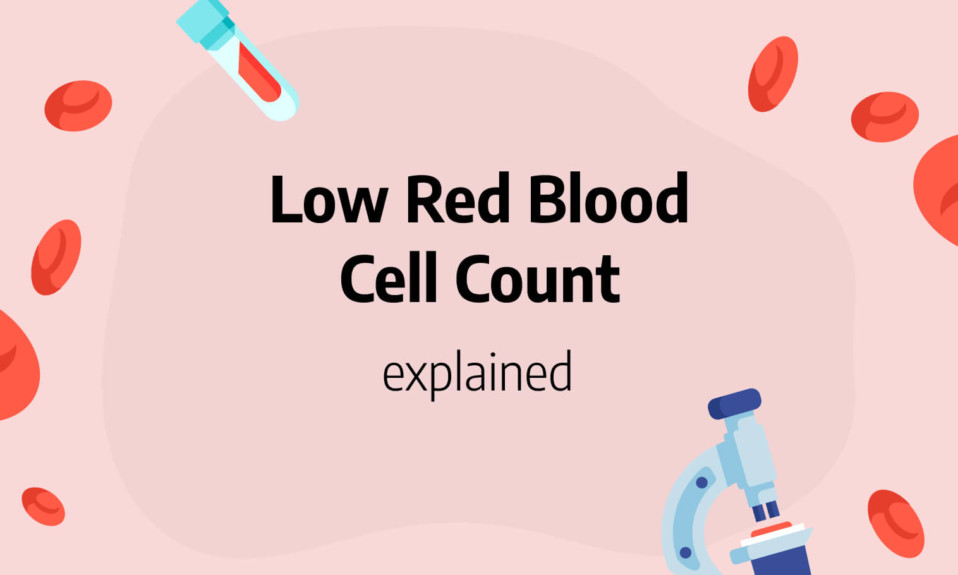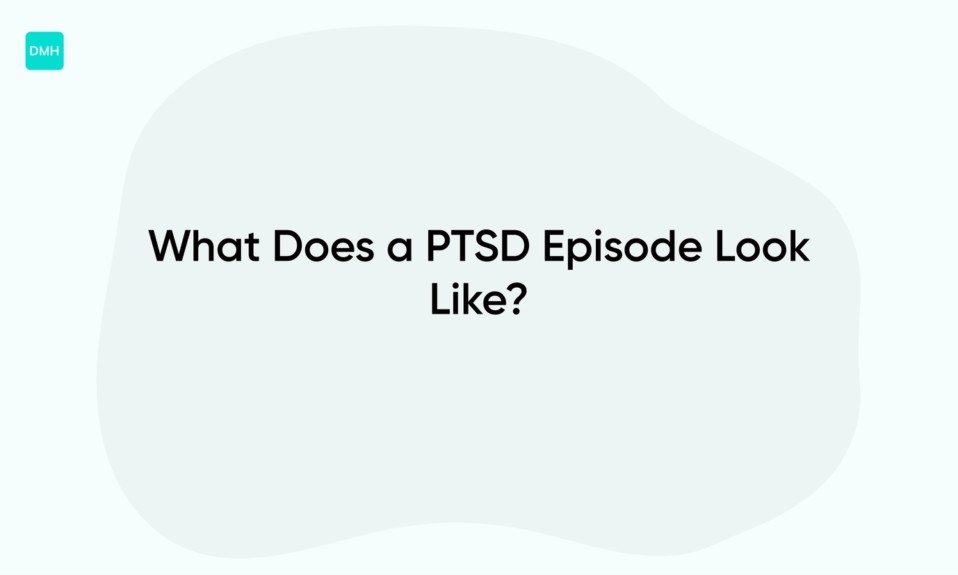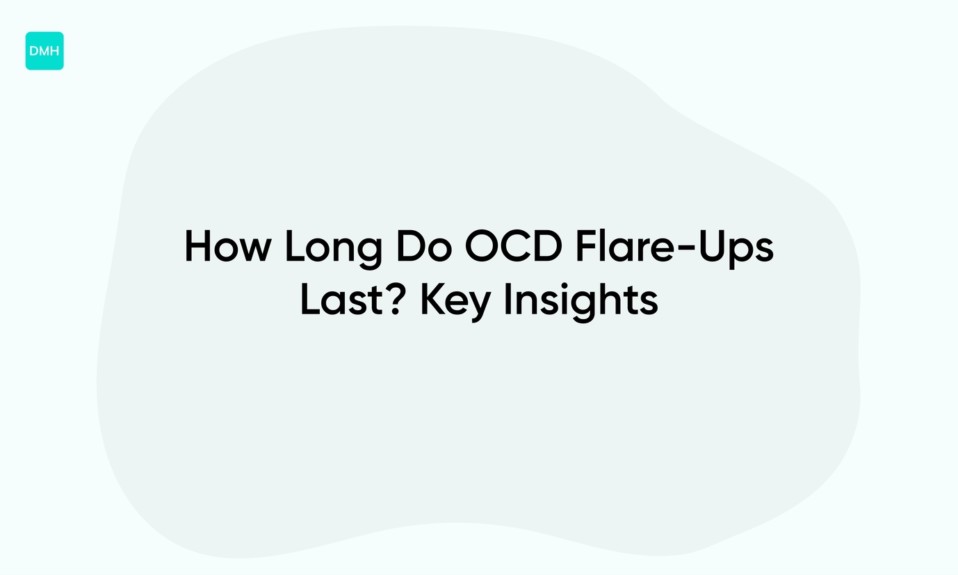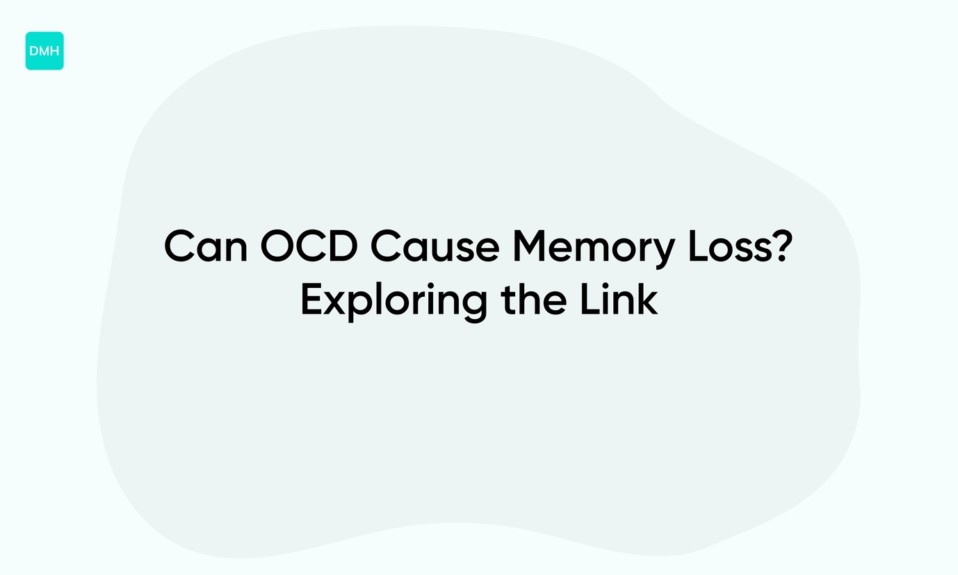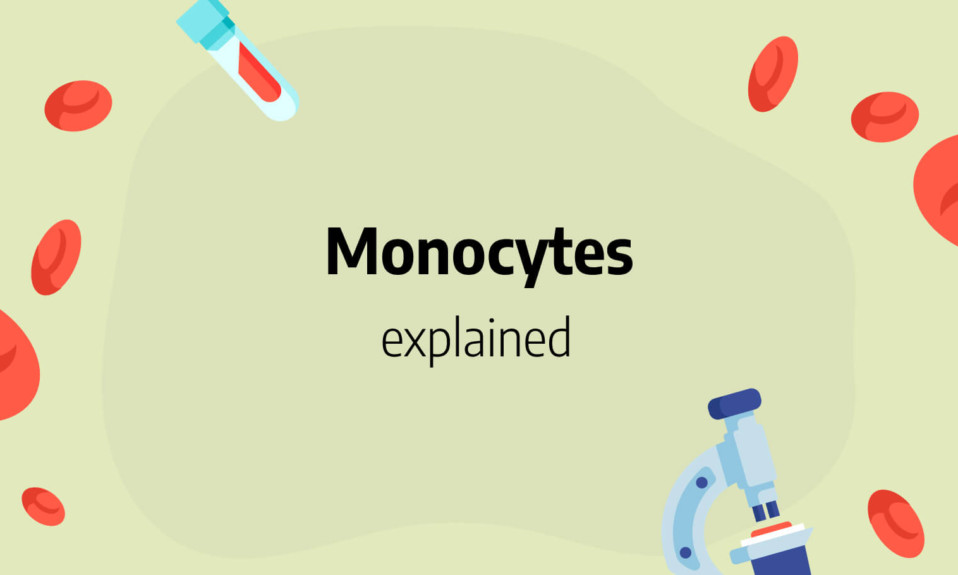What are red blood cells?
Red blood cells or erythrocytes are cells without a nucleus that circulate in the blood.
They transport oxygen to the cells and release carbon dioxide.
Red blood cells are essential for life. Each red blood cell contains hemoglobin, an iron-rich protein.
Hemoglobin is a protein that transports oxygen from the lungs to the body’s various organs and removes carbon dioxide from the organs to the lungs. Hemoglobin provides the red color of blood. Hemoglobin contains 65% of the body’s iron stores. The calculation of red blood cells allows the detection of certain pathologies such as anemia.
What is considered a low red blood cell count?
Low red blood cell count or erythrocytopenia is when the number of red blood cell count goes below a certain level.
Low red blood cell count is also called anemia.
We usually talk about low red blood cell count when the level goes below 4m/mm3 in the blood.
However, this level depends on different factors like gender, age, etc…
What causes a low red blood cell count?
Low red blood cell count or anemia can be caused by many factors:
Anemia can be caused by a defect in the production of red blood cells and hemoglobin by the bone marrow: we call this central anemia.
However, anemia can also be caused by large amounts of blood loss or the destruction of red blood cells by the body.
Reduced production of red blood cells:
Central anemias are related to the insufficient production of red blood cells by the bone marrow. There are several reasons for this:
- A lack of iron: we speak of iron deficiency anemia. It is the main cause of anemia affecting more than 1.5 billion people in the world (source 2). It is detected by blood examination: hemoglobin and ferritin are low. Note that a low ferritin level does not mean anemia (diagnosed only by a low level of red blood cells and hemoglobin), but it is a factor that can lead to anemia.
- A lack of vitamin B12 (or cobalamin) or B9 (also called folic acid or folate) are common causes of anemia.
Abnormal bleeding or destruction of red blood cells
Anemia due to abnormal destruction of red blood cells (or hemolytic anemia):
It can be linked to a genetic disease such as :
- Sickle cell disease: this disease is rare in France, it rather affects the regions of Africa and the West Indies. It is characterized by the presence of abnormal, sickle-shaped blood cells. These patients most often suffer from hemolytic anemia and vaso-occlusive crises but are also at risk of thrombosis.
- Thalassemia, rare in the US and more common in Southeast Asia and Africa. This disease causes a hemolytic anemia that is sometimes severe.
It is also sometimes the result of a rare autoimmune disease called autoimmune hemolytic anemia (AHAI): in normal circumstances, the life span of red blood cells is 120 days. Then they are destroyed and replaced by new cells. In the case of AHAI, the lifespan of red blood cells is shortened because they are destroyed prematurely by antibodies.
Finally, chemotherapy can cause hemolytic anemia: these treatments are designed to target and destroy rapidly growing cancer cells.
Unfortunately, this type of treatment also affects healthy cells, especially rapidly dividing cells. These include hair cells, blood cells, bone marrow cells and reproductive organ cells. A synthetic form of the hormone erythropoietin (EPO) is available for the treatment of post-chemotherapy anemia.
Anemia due to hemorrhage
The causes are multiple, occurring as a complication of:
- an accident, a fall involving internal injuries
- a decrease in the number of blood platelets (thrombocytopenia)
- an abortion, a miscarriage or a gynecological pathology or accident (heavy menstruation) or obstetrics
- a digestive pathology (gastrointestinal hemorrhage) caused by an ulcer, esophageal or sub-cardial varices
- urological disease due to hematuria (such as bladder cancer)
What are the symptoms of low red blood cell count?
Overall, the manifestations of a low red blood cell count result from the depletion of oxygen in the tissues. They can be :
- shortness of breath on exertion
- intolerance to exercise
- abnormal fatigue
- Pallor of the skin, but also of the eyelids, conjunctiva, nails and lips
- Jaundice (icterus)
- dizziness, lightheadedness
- a lack of dynamism (asthenia) and motivation
- concentration, memory and libido problems
- physical, psychological and intellectual exhaustion
There may be other signs such as:
- blood in the stool (when the anemia is of hemorrhagic origin)
- headaches
- local or widespread pain
Anemia can be asymptomatic when it is mild. Anemia can also aggravate an already known disease: heart failure, angina pectoris, etc…
How to diagnose low red blood cell count?
An initial clinical examination leads the physician to the diagnosis of anemia.
In order to confirm the diagnosis of anemia, a complete blood count test is essential. Anemia is diagnosed by a reduction in the hemoglobin blood level to less than:
- 12 g/dl (or 120 g/liter of blood) in women
- 13 g/dl (or 130 g/l) in men
- 11 g/dl (or 110 g/l) in pregnant women from the second trimester onwards
- 13.5 g/dl (or 135 g/l) of blood in infants
How to treat low red blood cell count?
Treatment of anemia or low red blood cell count depends on the cause.
If low levels of ferritin or vitamin B12 or B9 are associated with the drop in hemoglobin, the doctor will first try to correct these by supplementation.
However, if the cause of the anemia is endogenous, it should be treated.
Treatment of low red blood cell count due to vitamin B12 deficiency
In case of pernicious anemia, the doctor prescribes a vitamin B12 supplementation in tablets, drinkable ampoules or intramuscular injections.
Treatment of iron deficiency anemia
The doctor may prescribe an oral or injectable iron treatment. Side effects are possible: abdominal pain, black stools.
Treatment of low red blood cell count due to vitamin B9 deficiency
The doctor may prescribe an oral folic acid treatment. He or she may also recommend a change in diet that includes more foods rich in vitamin B9.
Treatment of the cause of the anemia
Depending on the cause of the anemia, treatment may include:
- stopping certain medications that cause the anemia
- taking certain medications such as immunosuppressants, synthetic erythropoietin (a hormone that promotes the production of red blood cells), corticosteroids
- analgesics (painkillers) to alleviate painful symptoms as in sickle cell disease
- in the most serious cases, bone marrow transplants, blood transfusions, removal of the spleen.

